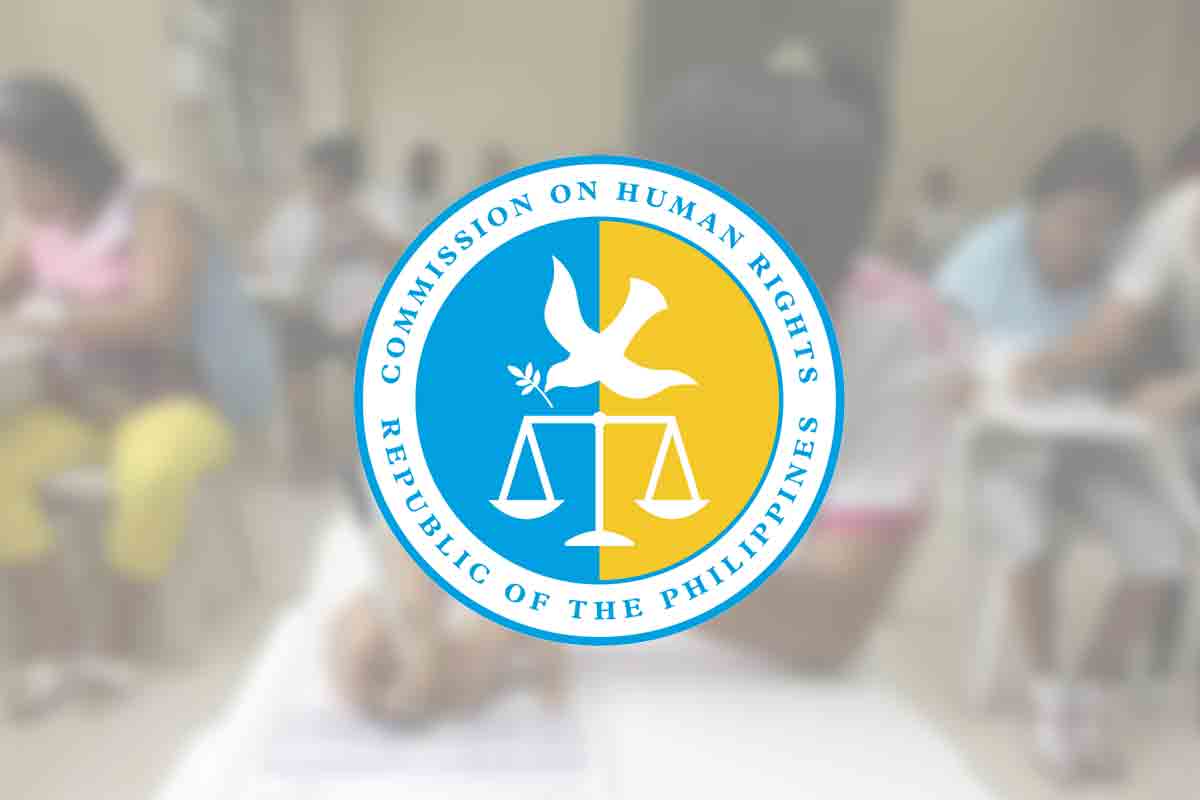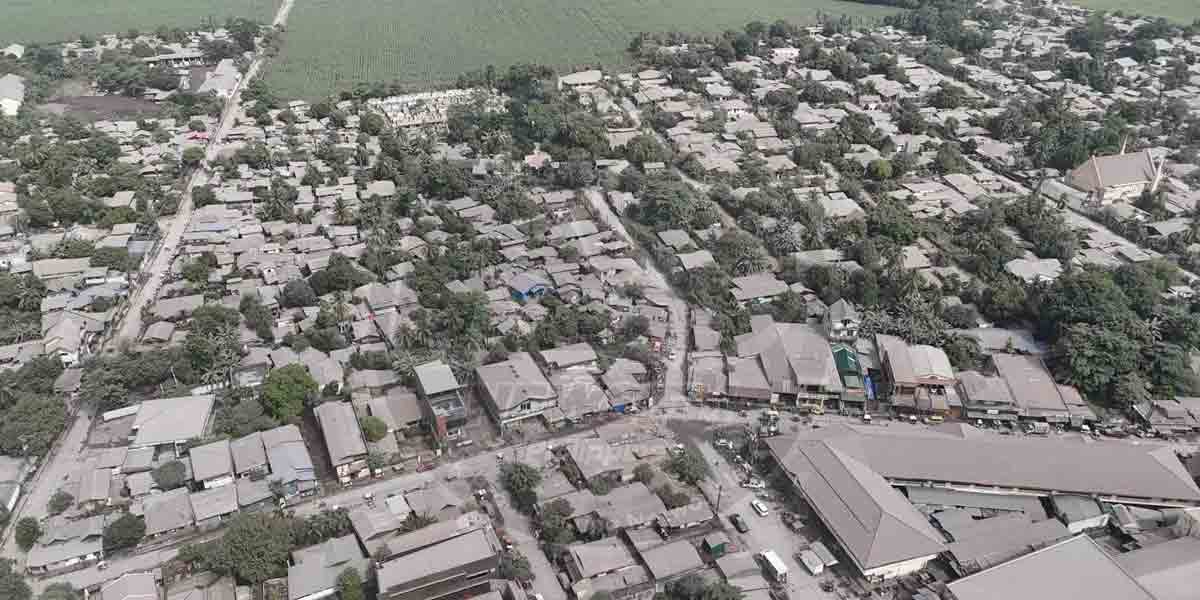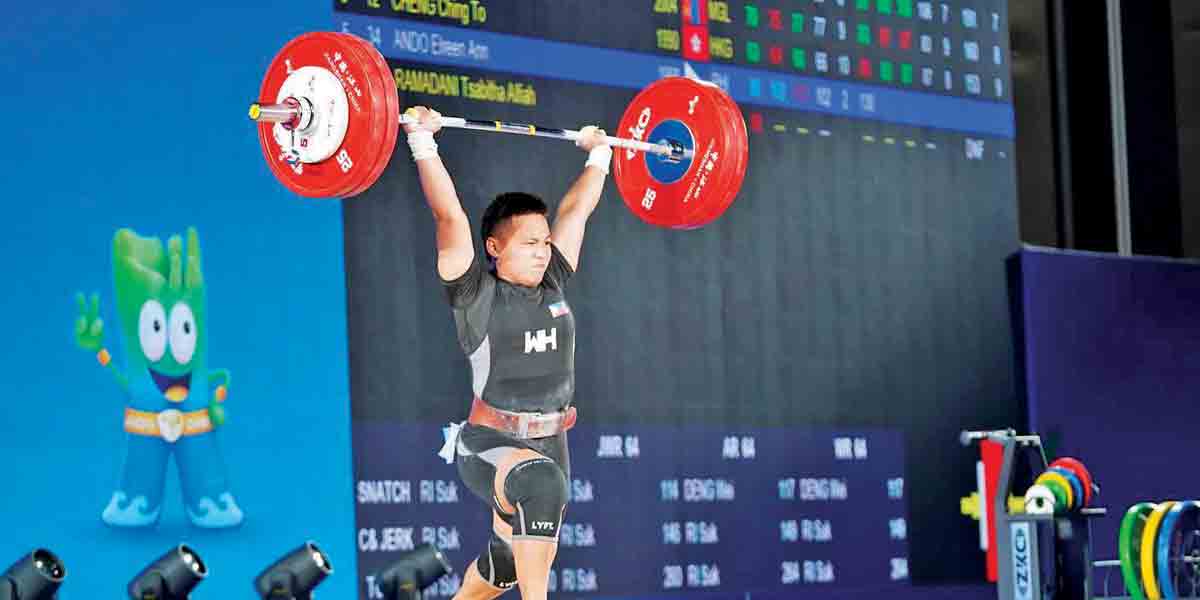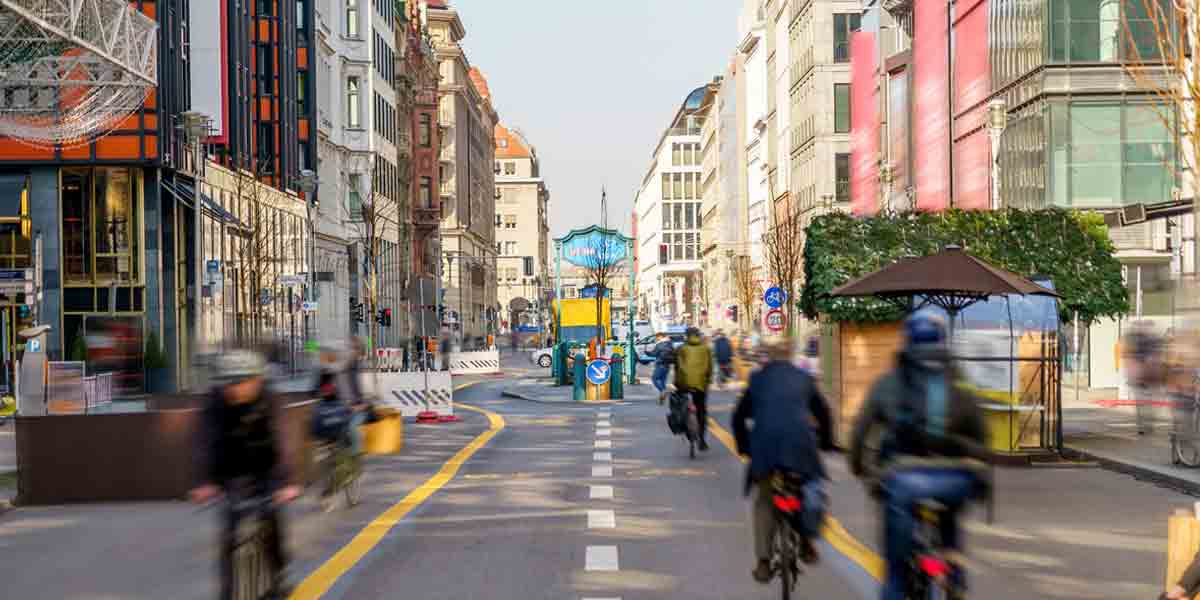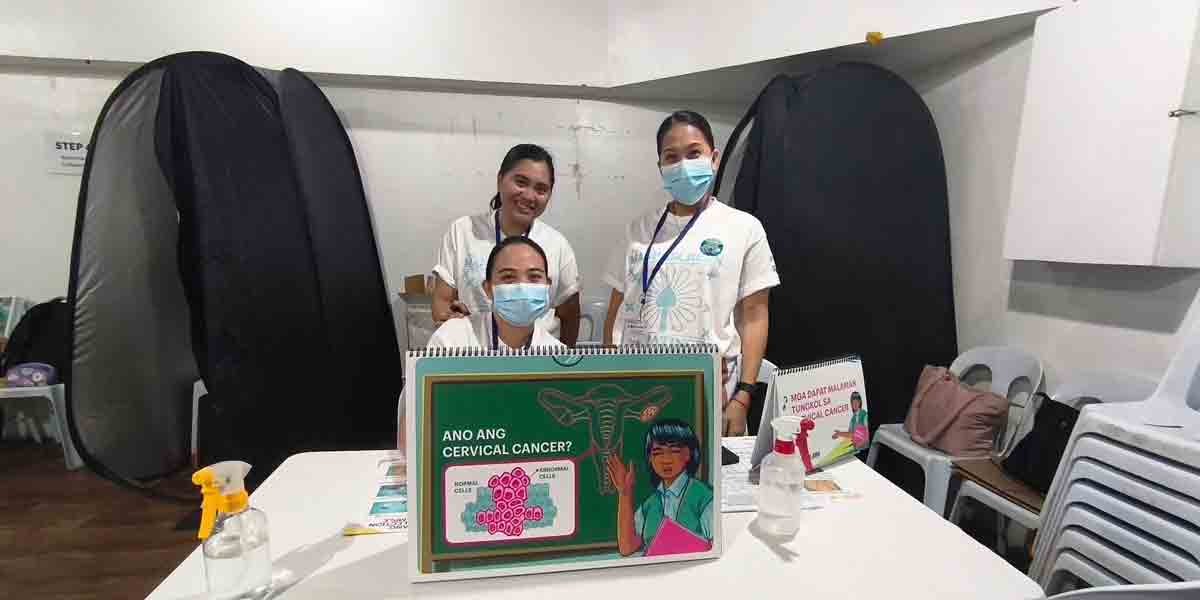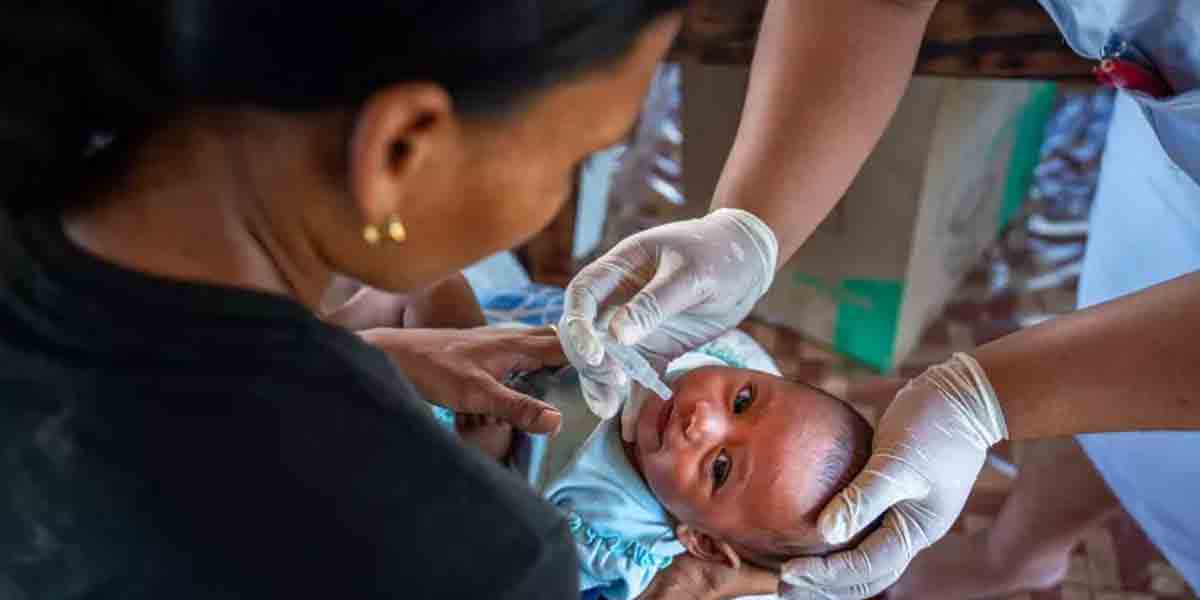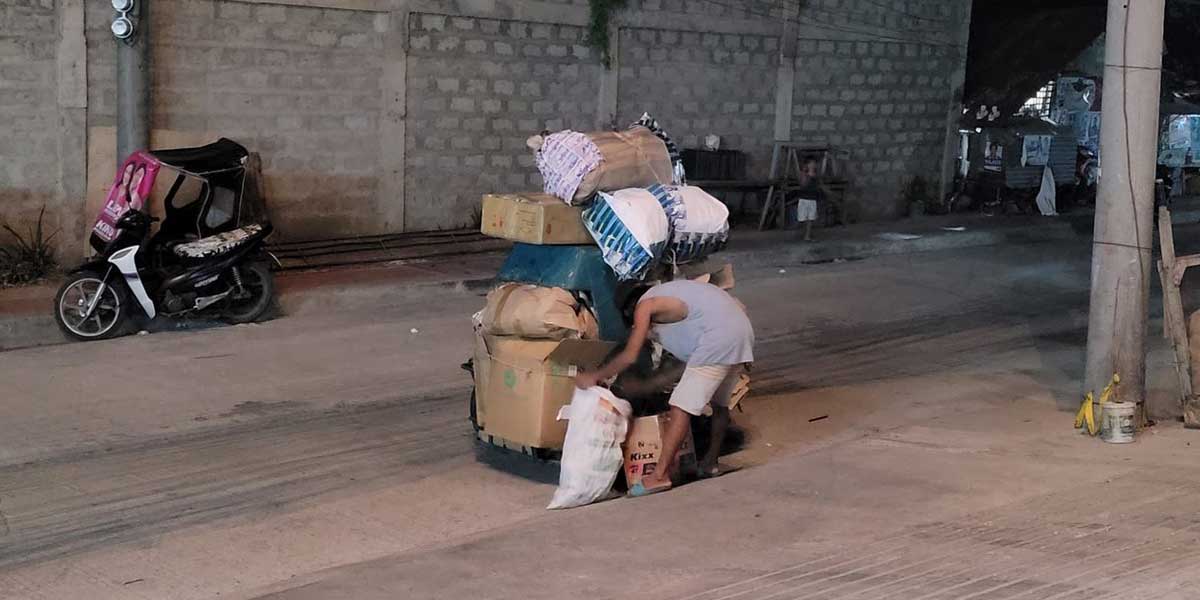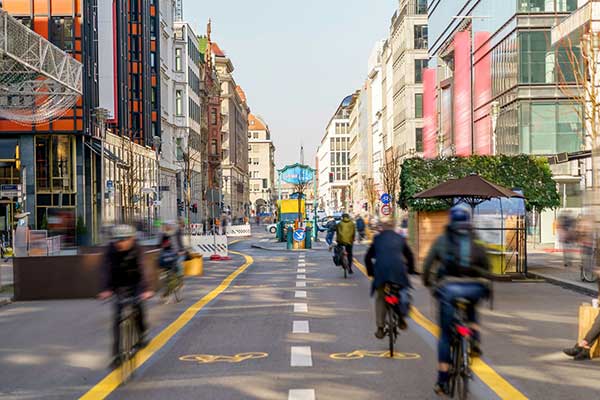
The World Health Organization (WHO) has launched a new global toolkit urging governments to make walking and cycling safer, as road traffic injuries continue to claim nearly 1.2 million lives annually, with pedestrians and cyclists accounting for more than 25% of these fatalities.
The announcement coincides with the 8th UN Global Road Safety Week, held from May 13 to 19, which carries the theme “Make walking and cycling safe” to spotlight active mobility as both a public health and environmental priority.
“Walking and cycling improve health and make cities more sustainable,” said WHO Director-General Dr. Tedros Adhanom Ghebreyesus.
“Every step and every ride help to cut congestion, air pollution and disease,” he added.
“But we must make walking and cycling safe, so more people choose these healthier, greener options,” Dr. Tedros emphasized.
Despite the benefits of active mobility, only 0.2% of global road infrastructure includes cycle lanes, and many cities still lack basic pedestrian safety features such as sidewalks and crosswalks.
Fewer than one-third of countries have national policies to support walking and cycling, creating significant risks for those choosing eco-friendly transport.
To address this, WHO’s newly launched toolkit provides practical, evidence-based strategies for integrating walking and cycling into broader transport, health, environmental, and education policies.
The toolkit outlines five key actions: build safe infrastructure like sidewalks and protected bike lanes; enforce safer speed limits; promote road safety through education campaigns; integrate active mobility into cross-sectoral planning; and provide financial incentives to encourage walking and cycling.
Etienne Krug, Director of WHO’s Department for the Social Determinants of Health, emphasized the urgent need for change.
“It is urgent to make what should be our most natural means of transport safer,” Krug said.
“This is paramount for road safety, but also health, equity, and climate,” he added.
Regional data reveal troubling trends in road safety, particularly for cyclists and pedestrians.
In the WHO South-East Asia Region, pedestrian deaths rose by 42% from 2011 to 2021, while cyclist deaths in the European Region increased by 50%.
The Western Pacific Region recorded an alarming 88% surge in cyclist deaths over the same period.
These increases occurred even as global pedestrian fatalities slightly declined and cyclist deaths plateaued, suggesting uneven progress and heightened risks in specific regions.
In the Philippines, pedestrian and cyclist safety has become a growing concern, especially in urban centers such as Metro Manila, where the demand for bike lanes has surged following the COVID-19 pandemic and worsening traffic congestion.
Local initiatives like the Metropolitan Manila Development Authority’s (MMDA) bike lane networks and the Department of Transportation’s push for active transport infrastructure have made modest gains, but funding and enforcement challenges persist.
Dr. Tedros and WHO are calling on governments to adopt a “whole-of-government” approach that involves transport, health, education, and finance agencies working together to promote safer roads for all.
The Global Alliance of NGOs for Road Safety, supporting the WHO campaign, is mobilizing more than 400 member organizations in 100 countries to lobby for stronger policies and community-driven solutions.
WHO’s toolkit recommends cities implement lower speed limits consistent with global best practices — such as 30 km/h in pedestrian-heavy areas — and enhance enforcement of traffic laws.
It also advocates for community engagement and public awareness campaigns to change behavior among road users, ensuring that drivers, cyclists, and pedestrians all share responsibility for road safety.
The economic case for investing in walking and cycling is strong, with potential health and environmental benefits far outweighing infrastructure costs.
Safer and more accessible walking and cycling networks can reduce reliance on fossil fuel-powered transport, cutting carbon emissions while improving air quality and public health outcomes.
Urban planners and policymakers are encouraged to view active transport not just as a traffic issue but as a powerful tool to tackle the interlinked crises of climate change, road fatalities, and non-communicable diseases.
WHO has reiterated that making roads safer for non-motorized users is key to achieving multiple Sustainable Development Goals (SDGs), including those related to health, sustainable cities, climate action, and reduced inequalities.
The global road safety campaign comes amid renewed focus on transforming cities into livable, human-centered environments that prioritize safety, accessibility, and sustainability.
WHO estimates that coordinated action to make walking and cycling safe could save tens of thousands of lives each year, while also reducing healthcare costs and enhancing community resilience.
For governments in the Philippines and across Southeast Asia, WHO’s call to action offers both a warning and a roadmap.

